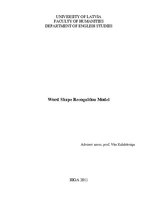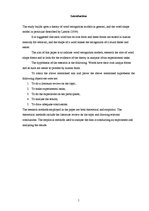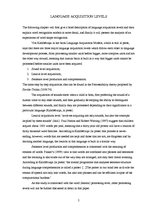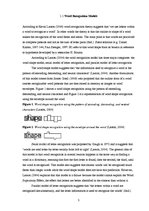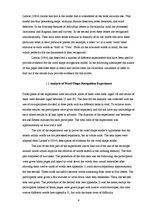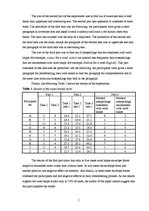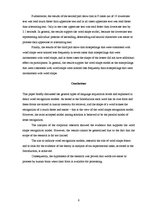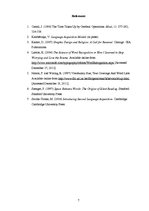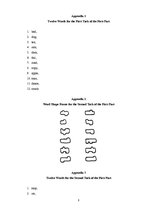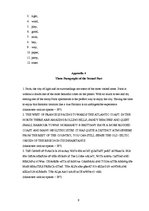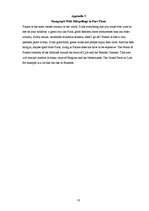-
Word Shape Recognition Model
| Nr. | Название главы | Стр. |
| Abstract | 1 | |
| Introduction | 1 | |
| LANGUAGE ACQUISITION LEVELS | 2 | |
| 1.1 | Word Shape Recognition Models | 3 |
| 1.2. | Analysis of Word Shape Recognition Experiment | 4 |
| Conclusions | 6 | |
| List of References | 7 | |
| Appendix 1 Twelve Words for the First Task of the First Part | 8 | |
| Appendix 2 Word Shape Forms for the Second Task of the First Part | 8 | |
| Appendix 3 Twelve Words for the Second Task of the First Part | 8 | |
| Appendix 4 Three Paragraphs of the Second Part | 9 | |
| Appendix 5 Paragraph With Misspellings in Part Three | 10 |
The study builds upon a theory of word recognition models in general, and the word shape model in particular described by Larson (2004).
It is suggested that each word has its own form and these forms are stored in human memory for retrieval, and the shape of a word makes the recognition of it much faster and easier.
The aim of this paper is to indicate word recognition models, research the role of word shape forms and to look for the evidence of the theory in analysis of six experimental tasks.
The hypothesis of the research is the following: Words have their own unique forms and as such are easier to process by human brain.
To attain the above mentioned aim and prove the above mentioned hypothesis the following objectives were set:
1. To do a literature review on the topic;
2. To make experimental tasks;
3. To do the experiment on ten participants;
4. To analyse the results;
5. To draw adequate conclusions.…
This course report investigates the concept of word recognition models in general, and a word shape model in particular described by Larson (2004). The aim of the paper is to look at the word recognition models and research in detail the role of word shape forms and afterwards carry out six experimental tasks. To explain the concept of word recognition and particularly the word shape model, literature on the topic has been reviewed and six experimental tasks have been carried out and analysed. In general, the results supported the word shape model.

